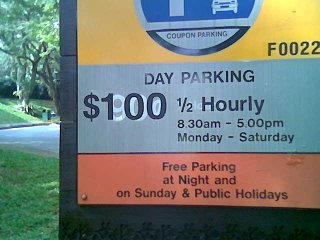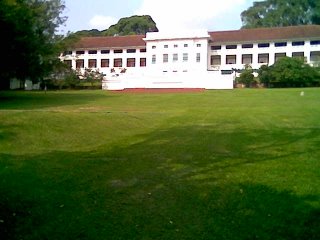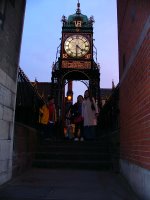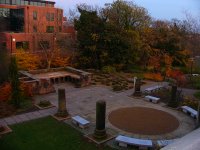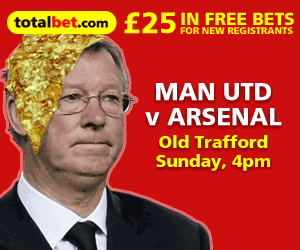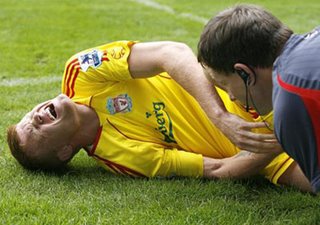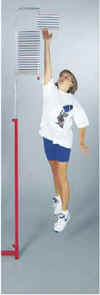This is my first attempt at a book review. Please feel free to give me your comments or share it with your friends if you like it.
Book Review : Fight the Fat – What You Must Know and Do to Lose Weight
Author: Dr Ben Tan
Price: S$25.20
Available at all major book stores
Brutally honest! This is my first impression of Dr Ben Tan’s book on weight management. After going through the book, I find that this book is not only relevant for all people concerned about weight, but is also an excellent reference for exercise trainers.
The book advocates 3 pillars of dietary restriction, discretionary exercise and incidental daily activities as essential means to the end of weight loss. One would have to work towards a target of incurring an energy deficit of about 1,000 kcal per day. This works out to about a loss of 1.0 kg of body fat (7,700 kcal) per week, which is in line with the guidelines of the American College of Sports Medicine (ACSM).
1000 kcal per day means that you have to run 1 hour 25 minutes daily or brisk walk 2 hours 30 minutes. Wow! This is near impossible for someone who does not exercise regularly and he/she would have given up without even trying. Hence, the person trying to lose weight would not only have to exercise but also to reduce his / her food intake, and to increase his/her daily activities (which mean less lying on the couch or driving the car). Thus, the 3 pillars of diet, exercise and daily activities as mentioned above. There is no short cut, which is what I have been telling my clients.
The part I like most about this book is the chapter on separating facts from myths. The book rebutted many promotional gimmicks for slimming products and services used to trick consumers. One common trick is that the slimming product or service would claim that someone lost weight after taking the product or service. However, this claim would be given little weight in the scientific community as there is no mention of sample size and percentage of success, etc. One person could have lose weight after taking the product, 9 other persons may not! Similarly, slimming centres do not publish the number of clients who do not lose weight or gained weight after engaging their services.
 The “Before and After” gimmick usually employed to capture consumer’s attention was also shot down in the book. A question was asked on how much fat this person (see picture) lost? The answer is of course “None”.
The “Before and After” gimmick usually employed to capture consumer’s attention was also shot down in the book. A question was asked on how much fat this person (see picture) lost? The answer is of course “None”. Why? Read the book for yourself, else I’ll be sued for copyright infringement.
Of course, it is not easy for a person trying to lose weight just by doing all the action plans written in the book by himself / herself. However, this book provides him/her a good understanding of the foundations, methods, reasons and obstacles regarding weight loss, and it addresses the motivational factor too. There are also some good templates and action plans provided by the book.
For the exercise trainer, these templates and action plans are very useful. The book also provides tables on the caloric values of selected local food items which would come as a handy reference. There is a section on exercise-related injuries which I think would interest trainers, since many obese individuals have weight-related musculoskeletal injuries.
On another note, Dr Tan advises that one would be better off focusing on cardiovascular exercise to lose fat as it is difficult to significantly increase resting metabolic rate by gaining enough muscle mass through weight training. Thus, the book does not have examples of weight training techniques or methods.
From a weight loss point of view, I would agree with him. But from a motivational point of view, I think it may be good to incorporate some weight training exercises such as wall push up or core work. Gain in strength is usually faster than weight loss (due to neuromuscular adaptation) and I think this could encourage the person to work harder or carry on the program since he/she can see some improvements of his/her fitness.
All-in-all, I have more positive comments for this book and I would recommend it for people who are trying to lose weight to get one. Wish you all the success in managing your weight!
Book Review Written by:
Koh Mui Tee
Diploma in Sport & Exercise Sciences
American College of Sports Medicine Certified Personal Trainer
Singapore Sports Council Certified Fitness Instructor
P.S. If you are keen to lose weight or gain fitness or have any enquiries on exercise-related matters, please call Mui Tee at 9477 3180 or email at muitee@singnet.com.sg. Thank you.
